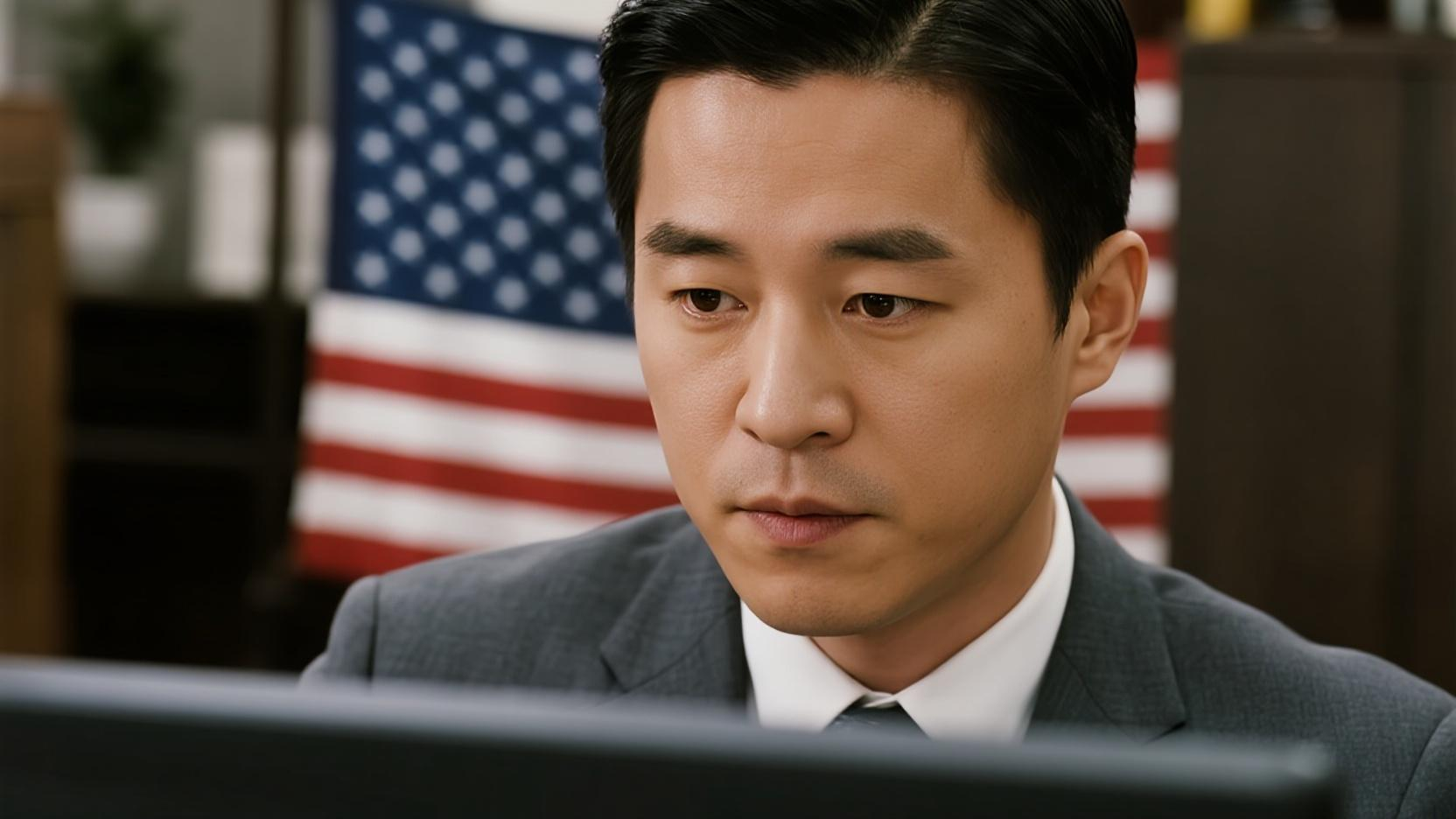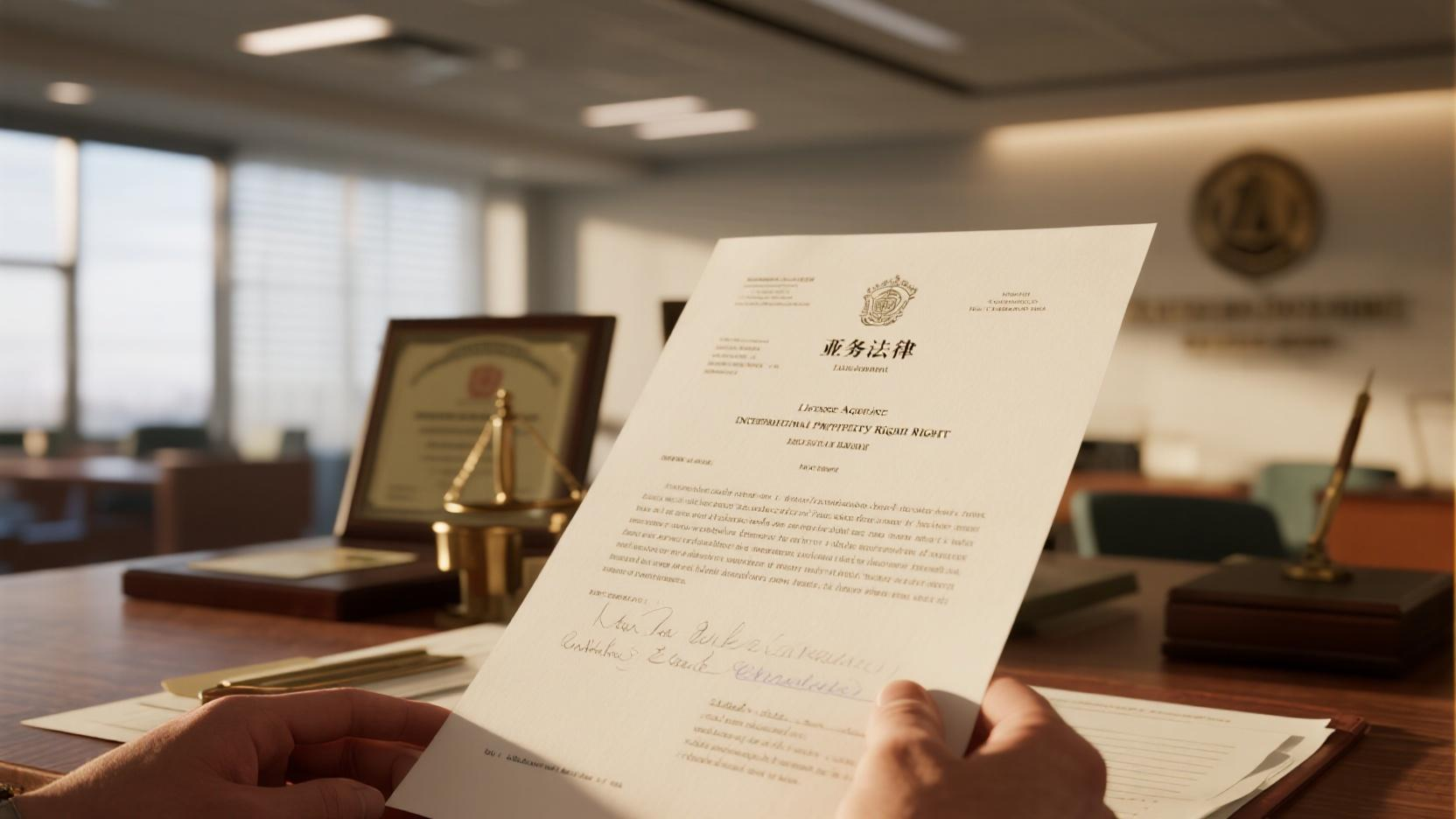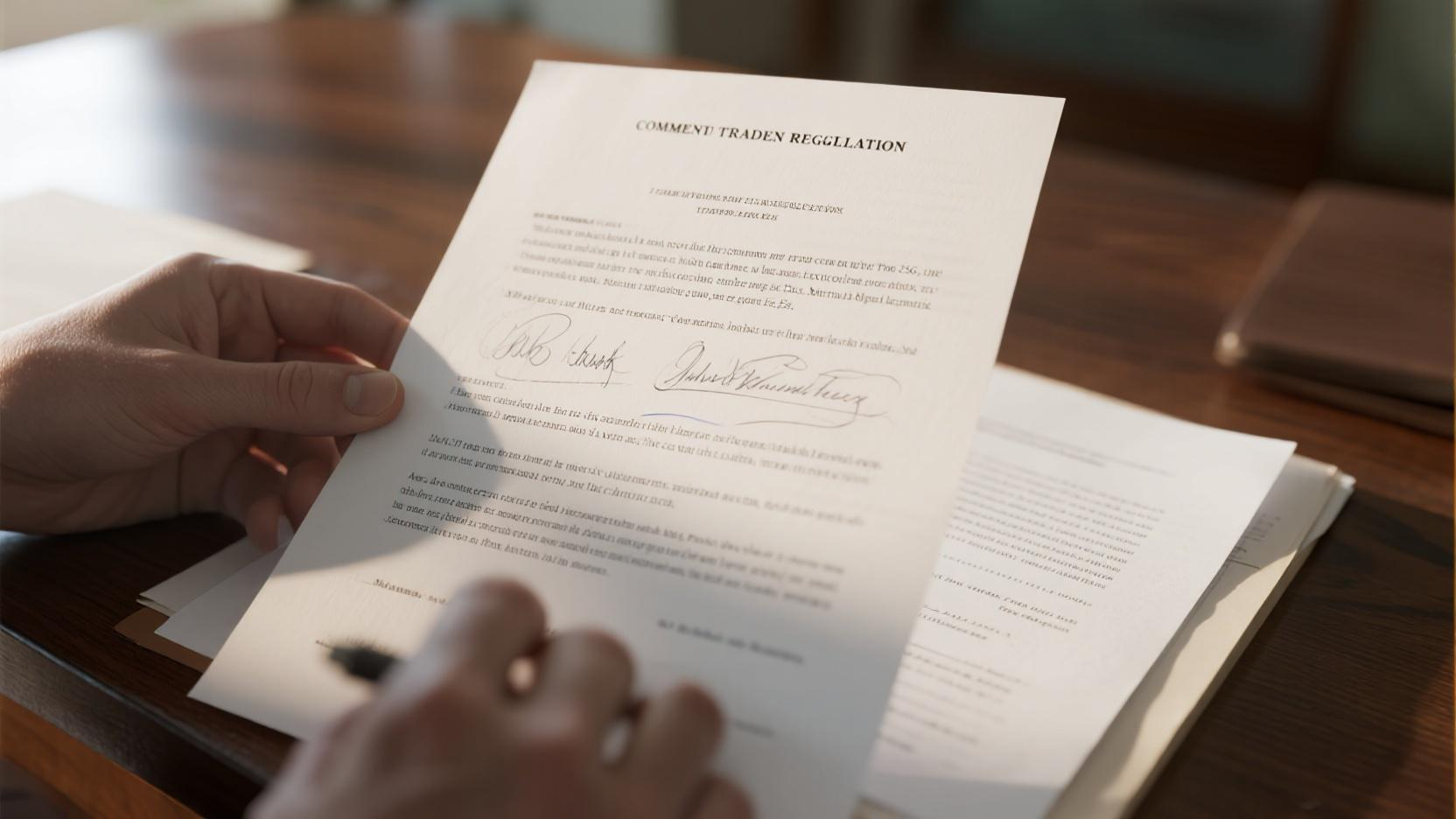Image Source: unsplash
Understanding the legal essentials of corporate intellectual property licensing agreements is vital for businesses aiming to protect their assets and maximize profits. For instance, startups now account for 30% of new patent licensing deals in emerging technologies, emphasizing the need for clarity in agreements. Neglecting these essentials can lead to disputes, such as trademark invalidation or consumer protection claims, which damage reputations and incur financial losses.
Key Takeaways
- Know what licensing agreements cover. Explain exclusivity, area, time, and use to avoid confusion.
- Get help from legal experts when writing agreements. Their skills make sure rules are followed and your rights are safe.
- Add ways to solve problems in agreements. Mediation and arbitration can save time and money if issues happen.
Understanding Intellectual Property Licensing Agreements
Definition and Purpose
Intellectual property (IP) licensing agreements serve as legally binding contracts between two parties: the licensor and the licensee. These agreements grant the licensee the right to use specific intellectual property under defined conditions. For example, a pharmaceutical company might license the rights to manufacture and distribute a new drug to another firm. This arrangement allows the drug to reach a broader market while generating revenue for the licensor without requiring its own manufacturing facilities.
Such agreements play a pivotal role in corporate law by facilitating the commercialization of intellectual property. They enable licensors to monetize their assets without engaging in marketing or distribution. Meanwhile, licensees gain access to valuable IP without investing heavily in research and development. This mutually beneficial relationship underscores the importance of understanding the legal essentials of corporate intellectual property licensing agreements.
Types of Intellectual Property That Can Be Licensed
Businesses can license various forms of intellectual property, each offering unique opportunities for growth and innovation:
- Patents: Cover inventions like mechanical devices, healthcare products, software, and business methods.
- Trademarks: Protect brand identity, including logos and slogans, often used in merchandising.
- Copyrights: Apply to creative works such as books, music, photography, and software.
The global IP landscape highlights the significance of these assets. Companies frequently file patents and trademarks across diverse technological fields, reflecting their strategic value in competitive markets.
Benefits of Licensing Agreements for Businesses
Licensing agreements provide numerous advantages for businesses, as demonstrated by industry leaders:
| Company | Licensing Strategy | Benefits |
|---|---|---|
| IBM | Flexible royalty models | Maximizes revenue through diverse licensing options tailored to industry dynamics. |
| Gilead Sciences | Milestone-based payments | Ensures continuous progress and alignment of interests, providing upfront revenue and rewards for successful milestones. |
Over 50% of Fortune 500 companies engage in patent licensing, showcasing its strategic importance. The global patent licensing market, projected to reach $150 billion by 2024, further emphasizes the growing value of intellectual property. Licensing agreements empower businesses to monetize their IP, mitigate litigation risks, and expand into new markets without significant upfront investments.
Key Legal Essentials of Corporate Intellectual Property Licensing Agreements
Scope of the License
Defining the scope of a license is one of the most critical aspects of intellectual property agreements. It determines how, where, and for how long the licensee can use the intellectual property. Key elements include:
- Exclusivity: Specifies whether the licensee has sole rights or if the licensor can grant licenses to others.
- Territory: Outlines the geographic regions where the license is valid.
- Duration: States the timeframe, such as a fixed number of years or perpetual use.
- Field of Use: Limits the license to specific products, services, or applications.
For example, a software company licensing its AI technology to a multinational corporation must clarify whether the technology can be used globally or restricted to certain regions. A well-defined scope protects both parties from misunderstandings and legal disputes.
Financial Terms and Royalties
Financial terms form the backbone of any licensing agreement. They ensure fair compensation for the licensor while aligning with the licensee’s financial goals. Best practices include:
- Benchmarking royalty rates to match market standards.
- Structuring royalties flexibly, such as tiered rates or performance-based incentives.
- Including milestone payments tied to product launches or sales targets.
Qualcomm, for instance, uses a percentage of net sales in its agreements, ensuring earnings grow with market success. Regular audits and clear reporting requirements further enhance transparency, especially in international deals. These strategies create a win-win scenario, fostering trust and long-term collaboration.
Ownership and Intellectual Property Rights
Ownership clauses clarify that the licensor retains intellectual property rights while granting usage rights to the licensee. Essential components include:
| Component | Description |
|---|---|
| Type of Intellectual Property | Specifies the type of IP being licensed (e.g., copyright, trademark, patent). |
| Grant of License | Outlines the rights being transferred, including limitations on geography, duration, and usage. |
| Intellectual Property Ownership | Confirms that the licensor retains ownership, ensuring the licensee only has usage rights. |
| Quality Control and Standards | Requires the licensee to meet specific quality standards to protect the licensor’s brand. |
These provisions safeguard the licensor’s assets while ensuring the licensee operates within agreed boundaries.
Termination and Renewal Clauses
Termination and renewal clauses provide a safety net for both parties. They outline conditions under which the agreement can end or be extended. Common termination triggers include breach of contract, failure to meet financial obligations, or expiration of the agreed term. Renewal clauses often specify whether the agreement can be extended automatically or through renegotiation. Clear terms prevent disputes and ensure a smooth transition if the agreement ends.
By addressing these legal essentials, businesses can create robust agreements that protect their intellectual property and foster successful partnerships.
Legal Obligations and Risk Mitigation in Licensing Agreements
Warranties and Representations
Warranties and representations establish trust between licensors and licensees by ensuring the intellectual property is free from legal disputes or third-party claims. Licensors often warrant that they own the IP and have the authority to license it. Licensees, in turn, may represent their intent to use the IP within agreed terms. Including these provisions minimizes misunderstandings and protects both parties from potential legal challenges.
Naked licensing, a legal risk, occurs when licensors fail to enforce quality standards in licensing agreements. Courts have invalidated trademarks due to insufficient oversight, leaving owners without enforceable rights. Proactive measures, such as explicit quality control provisions and documented compliance efforts, are essential to mitigate this risk.
Indemnification and Liability
Indemnification clauses allocate responsibility for legal claims arising from the use of licensed IP. These provisions protect licensors from liabilities caused by the licensee’s misuse or infringement of third-party rights. For example, a software licensor may require the licensee to indemnify them against claims related to unauthorized modifications. Clear liability terms ensure accountability and reduce financial risks for both parties.
Dispute Resolution Mechanisms
Disputes can arise even in well-drafted agreements. Effective resolution mechanisms, such as mediation or arbitration, save time and costs compared to litigation. Mediation boasts a 70% settlement rate, while arbitration achieves 33%. Combining both methods increases the settlement rate to over 82%. These processes typically resolve disputes within 1-2 days and cost only 1%-5% of the dispute value, making them efficient and cost-effective solutions.
| Evidence Type | Statistic | Outcome |
|---|---|---|
| Mediation | 70% | Average settlement rate |
| Arbitration | 33% | Average settlement rate |
| Combined Mediation and Arbitration | 82%+ | Expected settlement rate |
| Time Frame | 1-2 days | Non-adjudicative processes |
| Cost | 1%-5% | Of dispute value |
| Satisfaction | 70%-85% | Non-adjudicative processes |
Confidentiality and Non-Disclosure Agreements
Confidentiality and non-disclosure agreements (NDAs) safeguard sensitive information shared during licensing negotiations. These contracts define how parties handle confidential data, ensuring it remains protected. NDAs are critical in mergers, joint ventures, and employment contracts. Protecting confidential information fosters trust and security in business relationships, making NDAs indispensable in licensing agreements.
- Confidentiality agreements outline how to manage sensitive information.
- NDAs are vital for protecting business priorities and maintaining trust.
By addressing these legal obligations and implementing risk mitigation strategies, businesses can strengthen their licensing agreements and safeguard their intellectual property.
Practical Steps for Drafting and Reviewing Licensing Agreements

Image Source: pexels
Conducting an Intellectual Property Audit
An intellectual property audit is the foundation of any licensing agreement. It identifies and evaluates the intellectual property assets a business owns, ensuring they are properly documented and protected. Companies should focus on key elements such as exclusivity, territorial scope, quality controls, and the duration of the license. This process helps uncover potential risks, such as expired patents or unregistered trademarks, which could weaken the agreement. By conducting a thorough audit, businesses can confidently proceed with licensing negotiations, knowing their assets are secure and accurately represented.
Engaging Legal Experts
Legal experts play a crucial role in drafting and reviewing licensing agreements. Their expertise ensures the agreement complies with applicable laws and protects the interests of both parties. For instance, they can identify ambiguous language that might lead to disputes or suggest modifications to indemnification clauses. Businesses should engage attorneys with experience in intellectual property law to navigate the complexities of licensing agreements. This step minimizes legal risks and ensures the agreement aligns with industry standards.
Negotiating Key Terms
Negotiating key terms is essential to creating a balanced and mutually beneficial agreement. Parties should focus on critical clauses, including financial terms, dispute resolution mechanisms, and quality control requirements. A detailed examination of these clauses can uncover potential issues. For example, scrutinizing compensation terms ensures royalties and payment mechanisms align with industry benchmarks, such as the average royalty rate for software patents, which ranges from 5% to 10% of net sales. Clear and fair terms foster trust and long-term collaboration between licensors and licensees.
Ensuring Compliance with Applicable Laws
Compliance with applicable laws is a non-negotiable aspect of licensing agreements. Businesses must ensure the agreement adheres to local, national, and international regulations. This includes intellectual property laws, tax obligations, and export controls. A preliminary review of the agreement, followed by a detailed examination of key clauses, helps identify potential legal pitfalls. By addressing these issues proactively, companies can avoid costly penalties and protect their intellectual property rights.
Addressing the legal essentials of corporate intellectual property licensing agreements ensures businesses protect their assets and foster trust. Compliance and risk mitigation play a pivotal role in safeguarding intellectual property rights.
- Data breaches involving non-compliance cost nearly $220,000 more on average.
- Organizations with high non-compliance face an average breach cost of $5.05 million, a 12.6% increase.
- 35% of risk executives identify compliance risks as major threats to growth.
Consulting legal professionals helps businesses draft robust agreements, avoid costly pitfalls, and secure long-term success.
FAQ
What are the most critical clauses in an IP licensing agreement?
Tip: Focus on these clauses:
- Scope of the license
- Financial terms
- Ownership rights
- Termination conditions
These ensure clarity, protect assets, and prevent disputes.
How can businesses avoid disputes in licensing agreements?
Businesses should:
- Define terms clearly.
- Include dispute resolution mechanisms like mediation or arbitration.
- Regularly review agreements for compliance.
Proactive measures reduce risks significantly.
Why is legal expertise essential in drafting licensing agreements?
Legal experts ensure agreements comply with laws, protect intellectual property, and minimize risks. Their guidance prevents costly mistakes and strengthens business relationships. 💼











